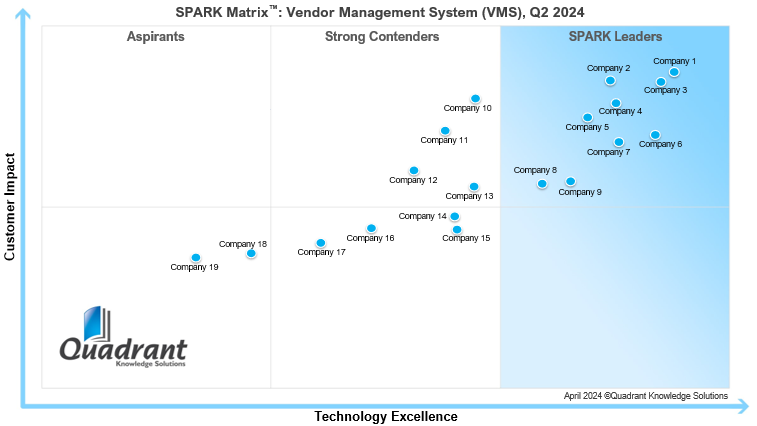What is a VMS? Your Guide to Vendor Management Systems
- Gauri Kale
- Aug 25, 2025
- 2 min read

In today's dynamic business environment, companies are increasingly relying on a flexible workforce of temporary, freelance, and contract workers. Managing this contingent workforce can be a complex and time-consuming task. From sourcing talent to handling invoices, the process is full of potential roadblocks. This is where a Vendor Management System (VMS) comes in, offering a powerful solution to automate and streamline these critical functions.
A VMS is a software platform designed to optimize every stage of managing your external workforce and their service providers. It's not just about finding the right people; it's about creating an efficient, transparent, and compliant ecosystem for your entire contingent labor program.
Core Functions of a VMS
So, what exactly does a VMS do? Its key functionalities are comprehensive and cover the entire worker lifecycle:
Hiring and Candidate Management: A VMS automates the process of finding, screening, and tracking candidates from multiple sources, including staffing agencies. It helps you quickly identify the best talent for your needs.
Onboarding and Offboarding: The system streamlines the paperwork and administrative tasks associated with bringing new temporary workers on board and managing their departure. This ensures a smooth transition and reduces compliance risks.
Contract and Workflow Management: VMS software provides a centralized hub for managing contracts, approvals, and workflows. It ensures all parties are on the same page and that processes are followed correctly.
Payroll and Billing: Say goodbye to manual spreadsheets. A VMS automates invoicing, payment processing, and payroll for your contingent workforce, drastically reducing errors and saving time.
Performance and Compliance: With a VMS, you can easily monitor worker performance, track key metrics, and ensure compliance with labor laws and internal policies. It provides the visibility you need to make informed decisions.
Spend and Analytics: A VMS gives you real-time insights into your contingent workforce spending. You can track costs, identify trends, and optimize your budget with detailed reporting and analytics.
The Benefits of Adopting a Vendor Management System (VMS)
The advantages of implementing a VMS are clear:
Increased Efficiency: By automating manual tasks, a VMS frees up your HR and procurement teams to focus on more strategic initiatives.
Cost Savings: Greater visibility into spending and optimized processes can lead to significant cost reductions in your contingent workforce program.
Improved Talent Quality: A VMS helps you access a wider pool of qualified candidates and makes it easier to engage top talent.
Enhanced Compliance: The system helps you navigate complex regulations and internal policies, reducing the risk of legal and financial penalties.
Better Data and Insights: With powerful reporting tools, you can gain a deeper understanding of your workforce, enabling data-driven decisions.
Is a VMS Right for Your Business?
If your company uses a significant number of temporary or contract workers, a VMS is not just a nice-to-have—it's a necessity. It provides the structure, automation, and control needed to manage a modern, flexible workforce effectively.
Embracing a VMS is a step toward building a smarter, more agile, and more competitive business. It's the future of managing your contingent workforce, and the future is here.
Comments